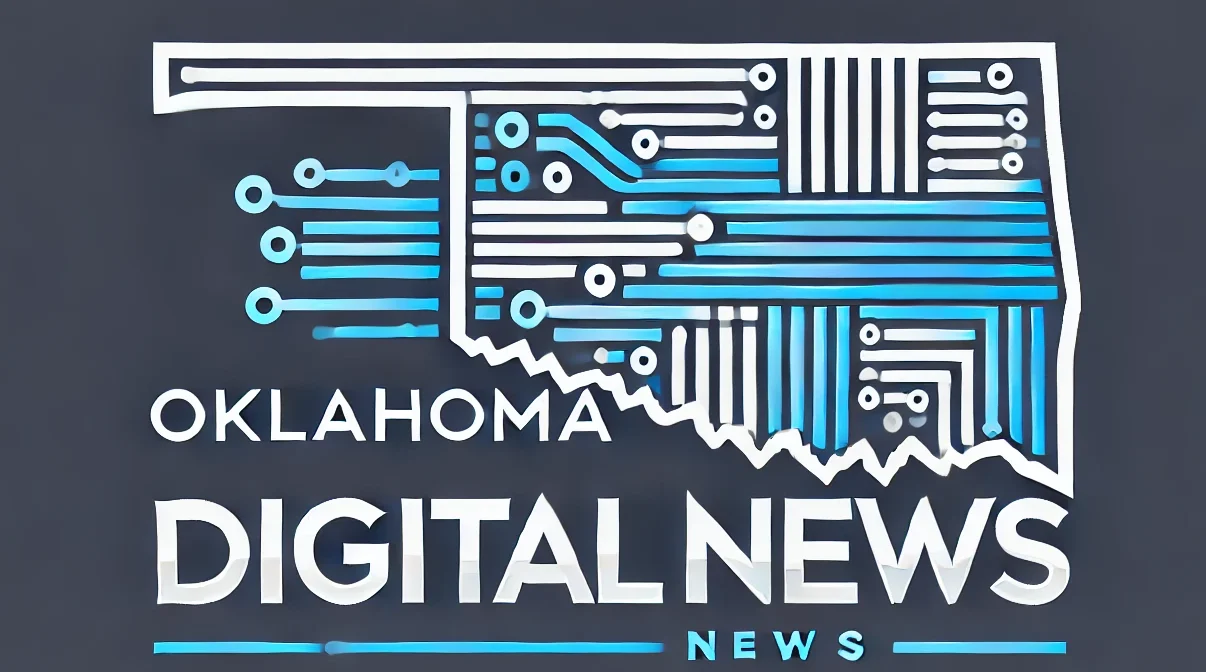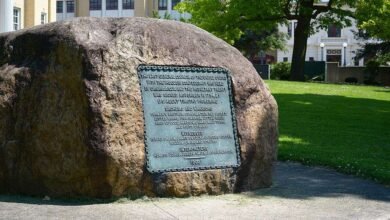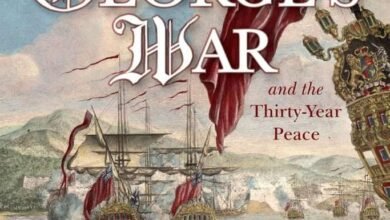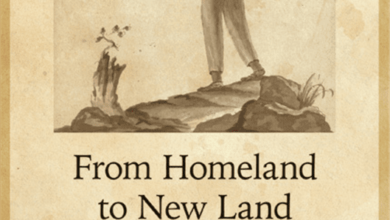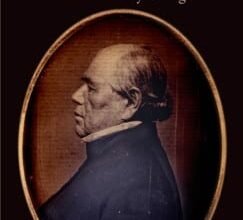A History of Education in New York: Earliest Times to the Revolution
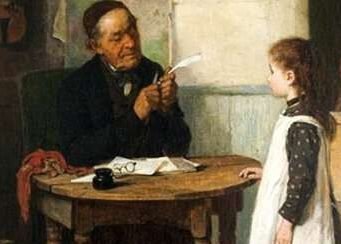

 The history of education in New York has no single beginning date. Wherever people have lived, they have educated themselves and their children. The process and content of education and the institutions developed to perform this function have changed over time.
The history of education in New York has no single beginning date. Wherever people have lived, they have educated themselves and their children. The process and content of education and the institutions developed to perform this function have changed over time.
Only part of the task of education has ever been carried out by the schools. Newspapers, libraries, apprenticeships, churches, and especially families, have been key educators, transmitting knowledge, skills, and attitudes to successive generations.
If you were a farmer’s son or daughter in New York two hundred years ago, you might have attended school some of the time, but your family or neighbors would have been primarily responsible for teaching the skills and attitudes most essential to rural life.
Even today, when most students spend twelve years in elementary and high school and additional time at college, the educational significance of family, church, and television cannot be overestimated.
Yet the role of the school is crucial. Schools are the key elements in a formal, organized education system. They systematically organize and present information, develop skills, and perpetuate a people’s values and heritage.
The development of schools and the education of young people have long been regarded as important public responsibilities here in New York. The State’s first Governor, George Clinton, summed up this attitude well in a 1792 message to the legislature urging “the promotion and encouragement of learning” by the State.
It was, he explained, “the peculiar duty of the government of a free state, where the highest employments are open to citizens of every rank, to endeavor by the establishment of schools and seminaries, to diffuse that degree of literature which is necessary to the due discharge of public trusts.”
Schools in Colonial New York
Colonial New York did not have a school system, but it did have individual schools. As communities were settled and assumed a degree of permanence, a variety of types of schools arose.
These included church-and town-sponsored schools as well as schools conducted by independent schoolmasters. In some of the towns of the Hudson Valley and on Long Island, where Dutch settlers predominated, schooling was a community responsibility carried out through the Dutch Reformed Church.

 The people of the town of Brooklyn, for example, appointed their first schoolmaster in 1661, whose responsibilities included those of court messenger, voorlezer (reader in church), voorsanger (singer of psalms), sexton, bellringer, and gravedigger.
The people of the town of Brooklyn, for example, appointed their first schoolmaster in 1661, whose responsibilities included those of court messenger, voorlezer (reader in church), voorsanger (singer of psalms), sexton, bellringer, and gravedigger.
In the city of New York, with its more cosmopolitan population, many alternative forms of schooling were created. Anglican, Dutch, and Jewish groups established “charity” schools, teaching reading, writing, and arithmetic, primarily to poor children.
Independent schoolmasters, charging a relatively low tuition, taught elementary subjects as well as such practical topics as navigation and surveying. Some schoolmasters offered more advanced studies, including Latin and Greek, as preparation for college.
In 1754, Kings College [today Columbia University] was opened, with Anglican support, completing the range of schooling available in the City. None of the schools of the colonial period were “public” schools in the modern sense. Many had religious sponsorship, most charged tuition, and attendance was voluntary.
Yet, in the context of their time, they were perceived as carrying out the public’s desire to provide educational opportunities.
This part one of four-part series on the history of education in New York State drawn from Consider the Source New York’s Researching the History of Your School an online collection of resources from the New York State Archives and the Archives Partnership Trust. The resources include history, historical resources and how to access them, and activities to use when teaching school history or researching a local school.
Illustrations, from above: Detail from “A School Examination” by Hugo Oehmichen (1843 – 1933, German); and The Mather School in Dorchester, MA an early American public school.
Source link
